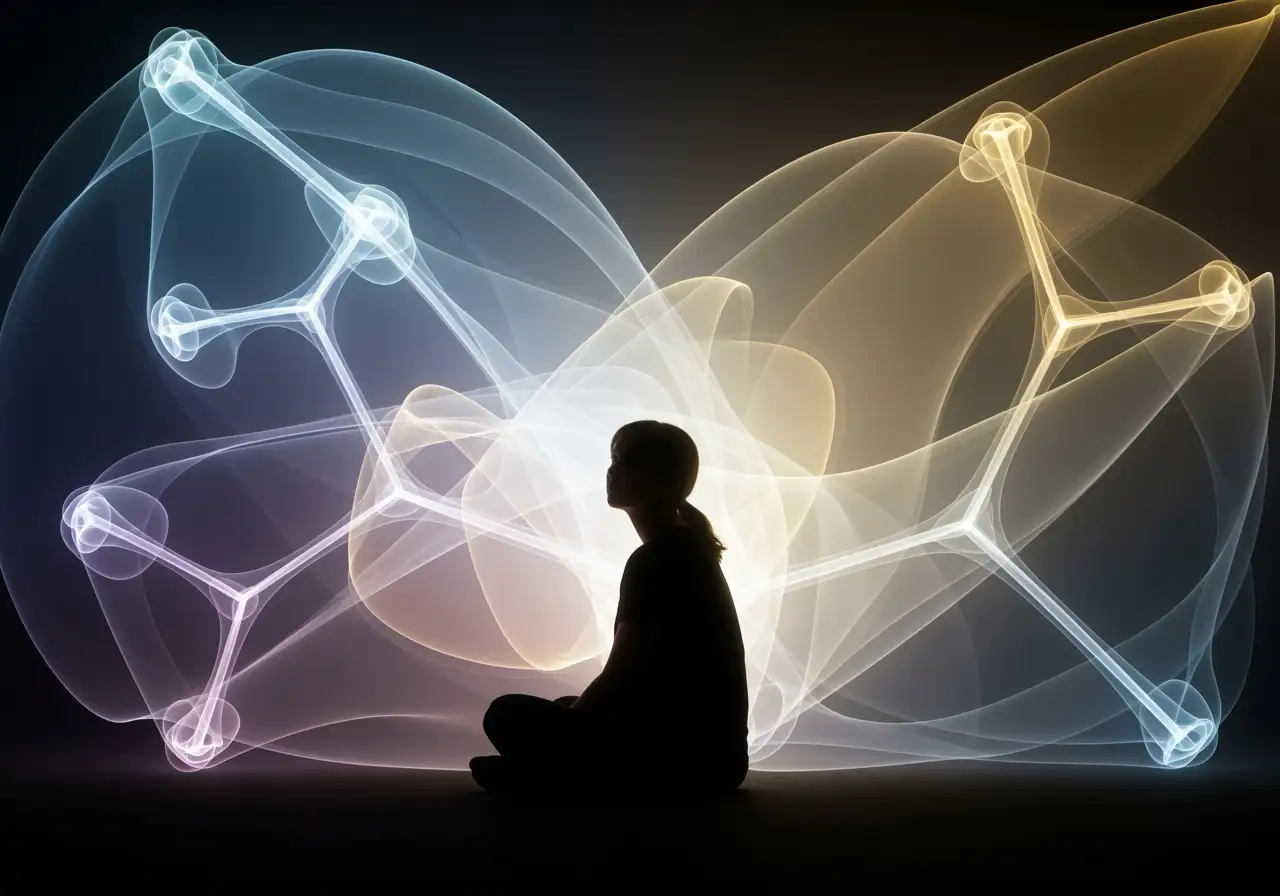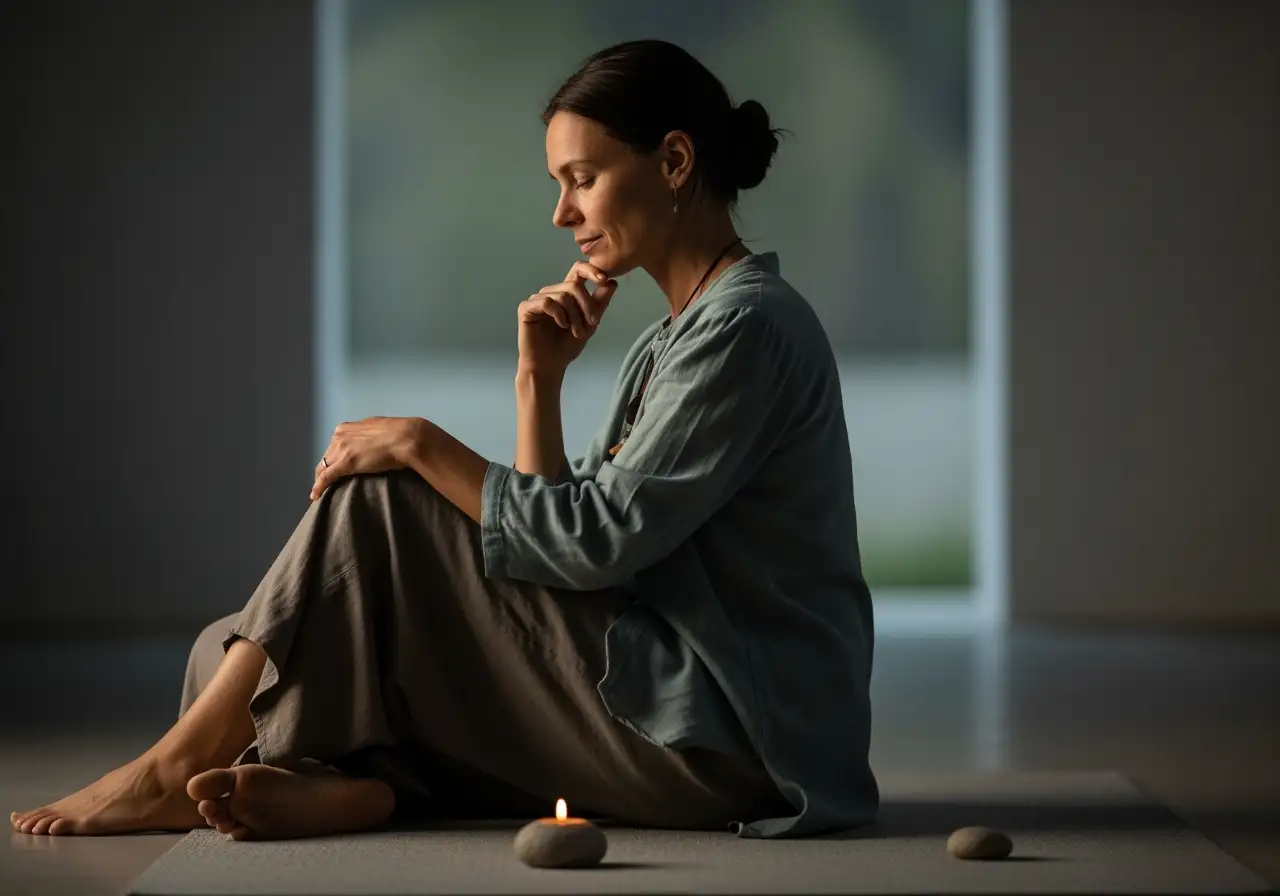Your Body as a Living Archive
Your Body as a Living Archive
Meet David. By day, a brilliant graphic designer, known for his calm demeanor. Yet, David carried a secret burden: a persistent, dull ache between his shoulder blades that flared with stress. He tried everything – stretches, massages, even meditation – but the knot always returned, almost as if guarding something. David’s experience isn’t unique; many of us carry similar persistent physical burdens that defy simple remedies.
What if these seemingly physical sensations aren’t just muscle knots or postural issues? What if they are, in fact, holding stories? Echoes of past stresses, anxieties, or even long-forgotten emotional hurts that our bodies have silently absorbed and stored. This powerful insight lies at the heart of a profound concept: your body as a “living archive.”
From a scientific perspective, this isn’t merely a metaphor. Our bodies are intricately linked to our minds and emotions. When we experience stress, trauma, or intense emotions that aren’t fully processed, our nervous system can respond by creating patterns of physical bracing. Think of it as a biological “body armor” – a protective mechanism that might have served us well at one time, but over time, can become a source of chronic tension, stiffness, or even pain. This phenomenon is increasingly understood in fields like psychophysiology and somatic psychology, which recognize that emotional and psychological experiences can literally become embodied.
This body memory isn’t just about feeling stressed in your shoulders; it’s about the physical tissues themselves holding the imprint of past experiences. The constant clenching of a jaw from unexpressed anger, the tightness in the chest from suppressed grief, or the chronic gut discomfort from anxiety – these aren’t always just physical ailments. They are often messengers, physical manifestations of unresolved emotional narratives. Within the Quantum Mindfulness framework, we understand these physical manifestations as the actualized experience of underlying psychodynamic disharmony.
Our very physical structure, particularly the Psycho-Foundational Dimension, acts as a deep repository, consolidating memory and containing a subconscious infrastructure of past experiences. When emotions are not fully processed or expressed, the Psycho-Protective Dimension, which normally embodies principles of measure and restraint, can become overactive. It creates a rigid psychological structure, a kind of internal bracing that manifests as physical tension, acting as an architect of chronic discomfort. This can lead to destructive interference between various psychodynamic dimensions, where the natural flow of energy and expression is impeded, resulting in what we experience as pain or limitation. For instance, the Psycho-Empathic Dimension’s desire for connection might be in conflict with an overprotective Psycho-Protective Dimension, leading to tension in the chest or shoulders.
Traditional mindfulness practices teach us to observe our sensations with presence. But what if we could go deeper? While classical mindfulness cultivates a witness consciousness and passive mastery, the Quantum Mindfulness framework posits a more active observer-participant dynamic. It recognizes that conscious attention is not neutral; it inherently modifies what is observed. This principle forms the basis for practices that move beyond mere observation to active engagement and transformation.
The Quantum Mindfulness framework, through its practice of Embodied Unwinding, offers a unique approach. This form of embodied mindfulness leverages the core scientific understanding of body memory, guiding you to actively engage with these persistent sensations, not just observe them. It’s about developing somatic literacy, the cultivated capacity to read and work with the subtle energies of consciousness as manifested in the body.
Embodied Unwinding facilitates a process akin to psychodynamic wave collapse. Our discomforts are not fixed entities but rather a cognitive superposition of unresolved potentials. By applying conscious attention, particularly through the Psycho-Volitional Dimension, we can initiate a deliberate psycho-meditative collapse. This is not about forcing an outcome, but about a volitional commitment to invite the body’s stored narratives to unfold.
The practice typically involves:
- Focused Attention: Directing vectorized awareness to the specific area of tension, not as something to be fixed, but as a gateway to deeper understanding.
- Conscious Breath: Using breath as a tool to access the mental-physical interface, facilitating the embodiment of abstract internal experience and enabling the Psycho-Receptive Dimension to integrate feedback from the body.
- Gentle Inquiry: Asking, “What story does this pain hold? What emotion is it guarding?” This encourages dimensional attunement, allowing you to discern the intricate contributions of each psychodynamic dimension within the seemingly monolithic feeling of pain.
Through this process, the Psycho-Volitional Dimension can help dissolve perceived limitations, which are often the very energetic blocks held in the body. The Psycho-Aesthetic Dimension, acting as the psychological heart, then helps harmonize the previously conflicting energies, leading to psychodynamic harmonic alignment. This shift transforms a state of psychological disharmony into one of constructive interference, enabling a new, more integrated actualized experience to emerge.
Imagine the freedom of releasing not just a muscle knot, but the underlying emotional pattern it represents. This isn’t a quick fix, but a gentle yet powerful pathway to deeper health and wholeness. It’s a therapeutic intervention for distress and dysfunction that leads to a profound psychodynamic balance restoration, allowing you to consciously construct a more aligned and vibrant reality.
Considering your own experiences with persistent physical tension, how might understanding your body as a living archive change your approach to finding relief and lasting well-being?






